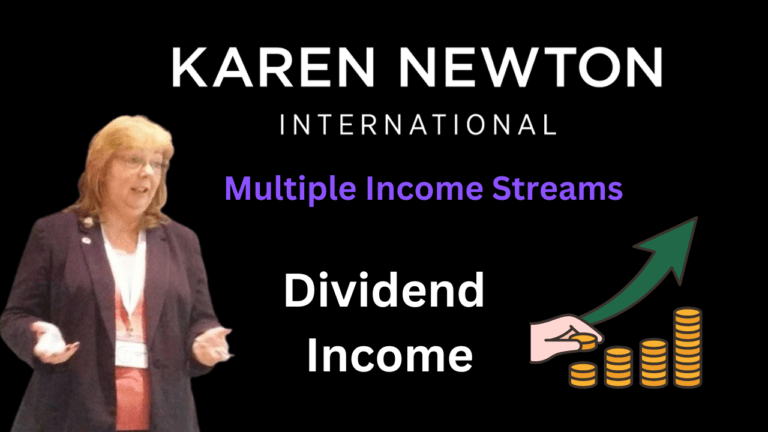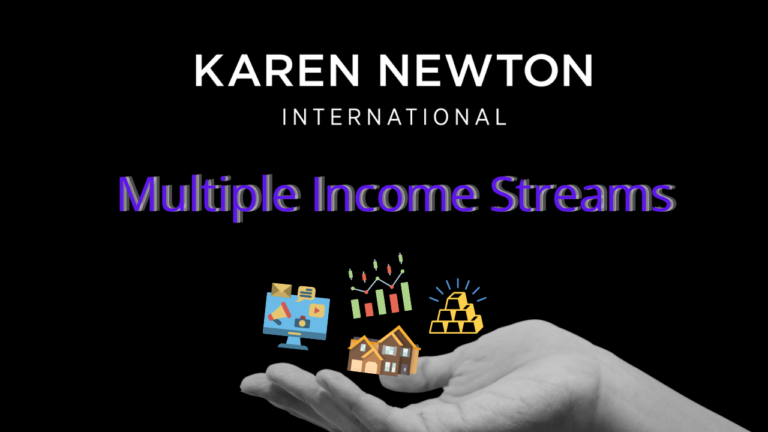Stop The Madness
As the gap between wealthy and poor widens, frustration takes over and discontent says to tax the rich more. This achieves little, not because of safe havens or any other schemes to reduce tax. The real issue is the population is brainwashed from birth to be poor.
Table of Contents
- Wrong Type of Education
- The Debt Crisis
- The Gap Between the Rich and the Poor
- Change the System
- Financial Education for Everyone
Wrong Type of Education
Global education systems are based on the Industrial Age which started around 1760. This was a time when workers were needed for the factories and warehouses.
In an attempt to support the industries, with the right employees for their businesses, schools were set up to teach the skills needed.
Massachusetts passed the first laws on education in 1647 but by 1852 they updated the law to make schooling mandatory. In the UK compulsory and free education was introduced in 1814.
Today’s curriculums are based on the skills required to ensure pupils can get jobs.
How often have you been told or heard your kids told, to go to school, get good grades, go on to university, and specialize in a career path where there are plenty of employment opportunities. Kids are taught to become employees.
Pre the pandemic, I would visit schools and talk about being an entrepreneur only to be advised by teachers and students that first, the student has to get a job, and then later they can think about being an entrepreneur.
Instead of encouraging entrepreneurship, students are still taught to be good employees. Brainwashed through an education system that doesn’t support entrepreneurial enterprise.
The Debt Crisis
There is good debt and bad debt. Good debt is where debt is used to acquire income-producing assets. Bad debt is where there is no asset to support the debt. The person with the debt has to work, often many years to clear the debt.
Today’s education system encourages students to rack-up bad debt to pay for their university education.
In the US 3.2 million students have a debt of more than $100,000. In the UK the average student loan debt is £45,000 with clients telling me they have student debt between £55,000 to £75,000.
When the world economies are based on debt, loans must continue to be issued to keep the economical debt growing and support the economies.
The student loans are not there to support education. The loans are encouraging students into debt at a young age, as it keeps them tied to jobs so they can repay the loans.
Student loan debt has become another tool to create and keep employees tied to the job market.
The Gap Between the Rich and the Poor
The current economic system is based on a debt economy. What that means is all banknotes and coins in circulation are an IOU a promise to pay. There is no asset securing the IOU.
For economies to grow, there has to be circulation of money. The best way to ensure money flows is to create debt that has to be repaid. Especially, as all money in circulation was brought into existence as a result of debt. The amount of money in circulation affects how well the economy is performing.
When encouraging students to go into debt at a young age, with repayment systems that can take decades to repay. The government is encouraging the rich-poor divide. Because by keeping people poor, you keep an economy moving on debt and also ensure there are workers for jobs.
Change the System
Education is an important part of everyone’s life. Without it, people wouldn’t learn to read, talk, and walk. They wouldn’t learn life skills and life lessons.
Teaching financial education in school and encouraging kids to become entrepreneurial gives them choices. It’s not about the money. It’s about providing choices
1. to live the lifestyle they dream about and deserve.
2. Kids become independent as they have confidence in their ability to thrive in the world.
3. Provides options – some kids may well have online businesses but still want to become engineers, doctors, nurses, and technicians which are skills still needed in the workplace.
4. Debt is not ruling their lives as entrepreneurial students can afford more towards their education reducing the debt they will be encumbered with once they graduate.
5. Entrepreneurial education can reduce the rich-poor divide by providing an understanding of assets and liabilities, good and bad debt, and encourages better money management.
Financial Education for Everyone
Creating financial education that works for everyone, builds better communities, better options in life, and reduces the rich-poor divide.
Pensioners are a perfect example of this. Those that have sufficient income still choose to work as they enjoy the company, it gets them out of their homes. Money is not important as they already have financial independence. What is important to them is a connection to people within their communities.
When that option is made available to everyone you create a workforce that chooses to work. An entrepreneurial environment geared towards solving problems and creating better workplaces at the same time.
When you stop the madness around a debt environment and move it more towards a financially educated environment there is a better financial balance and a better work-life balance allowing everyone to become whoever they want to be, do whatever they want to do, and have whatever they desire.

Karen Newton is a Business and Wealth Strategist, 3x International Bestselling Author, and founder of Karen Newton International. She combines practical experience with AI-Powered Entrepreneurship to help smart entrepreneurs build online income, invest strategically, and create long-term wealth through business growth, investments and joint ventures.







